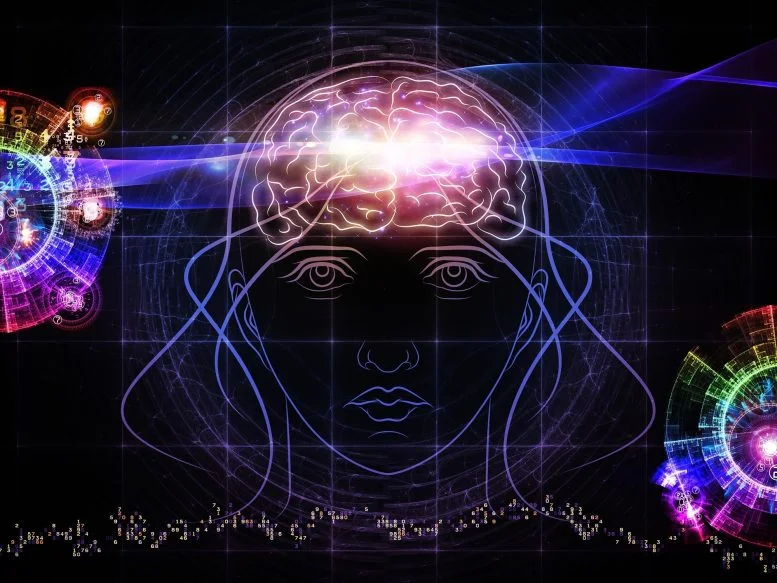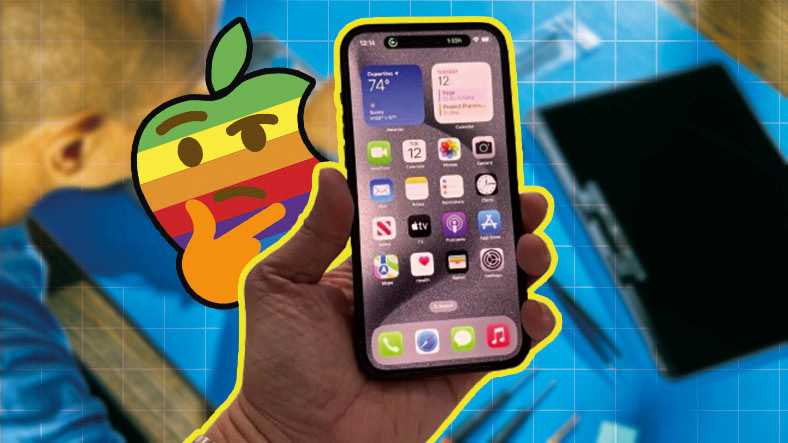A recently published study Nature Neuroscience, has made great strides in understanding visual masking, a phenomenon that plays a crucial role in how we perceive, or rather “don’t see,” things. This research not only sheds light on aspects of conscious perception in the brain, but also shows that this phenomenon occurs in both humans and mice.
Visual masking occurs when a person does not consciously perceive an image because another image is presented in rapid succession. For effective masking, the first image must appear and disappear quickly, followed by the second image in about 50 milliseconds.
Groundbreaking studies on visual perception
Allen Institute researcher Sean Olsen, Ph.D., and his colleagues investigated the science behind this optical illusion and showed for the first time that it also occurs in mice. By training the mice to report what they saw, the team was also able to identify a specific brain region required for the visual masking illusion to work.
“It’s an interesting observation that what’s present in the world is not fully reflected in your perception,” Olsen said. “Like other visual illusions, we think this tells us something about how the visual system works and, ultimately, the neural circuits that underlie visual awareness.”
Scientists discovered this strange phenomenon in the 19th century, but why and how the human brain does this remains a mystery. The study was conducted by Olsen and Ph.D. Allen Institute Distinguished Researcher Christoph Koch, who conducted it with Sam Gale, said the study narrowed down the parts of the brain responsible for making sense of the world around us. A scientist from the Allen Institute.
When a barrage of photons hits our retinas, the information travels a predetermined path from our eyeballs to various different parts of the brain, reaching the higher processing areas of the cortex, the wrinkled outer covering of the brain. Scientists know from previous studies of visual masking that neurons in the retina and parts of the brain at the beginning of this pathway are activated, even if the person is not aware that they are seeing the image. In other words, your brain sees things without you realizing it.
From mouse to man: parallel perception
To investigate where unconscious sensation translates into conscious perception and action, scientists first trained 16 mice to spin a small LEGO wheel in the direction of a rapidly flashing image in exchange for a reward if they chose the right direction. The researchers then added another masking image on either side of the screen, immediately after the target image. With the addition of the mask, the animals were no longer able to perform the task correctly, meaning they were no longer aware of the original target image.
Since visual masking had never been tested on mice before, the research team had to create a task for them; This meant that the images and the way they were presented were different from those used in previous human studies. To confirm that the optical illusion they showed in rodents was relevant to us, the team also tested it on 16 humans (the wheel was replaced by pressing a button). It turns out that human perception (or lack thereof) and mouse perception of this particular visual masking illusion are very similar.
This result implies that conscious perception occurs either in the visual cortex or in higher areas of the inferior cortex. This is consistent with the general view in the field that the cortex is the center of conscious perception in mammals, including us, Koch said. Source













